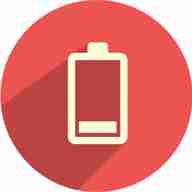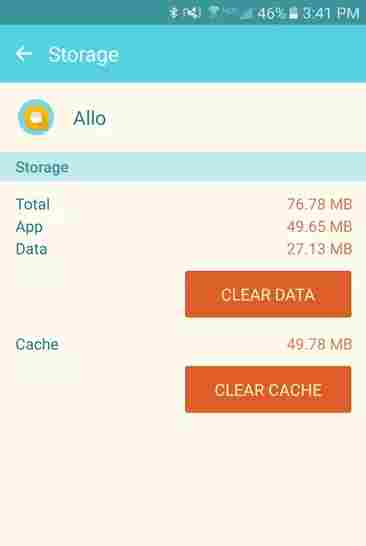It does not make a difference if your Android phone has a lot of internal disk space or ha a microSD card slot – there is never enough space, regardless of whether it is 32GB or 200GB. In this article, we will discuss how to free up space on your Android device – looking at both internal storage and microSD cards. If you’ve got a Pixel, Samsung, or any other device running a version of Android this guide will help you clear data on your smartphone and free space for more Android apps and media files from the likes of Spotify and Netflix. This guide will only concentrate on Android devices, though, so Apple iPhone users will have to check one of our other guides.

Android phones and tablets can quickly fill up as you download applications, stock up on media documents like music and videos, and store information. Numerous lower-end devices only contain a couple of gigabytes of capacity, making this issue even more frustrating for some users.

This one simple trick will make your smartphone battery last longer
Not much in life is as irritating as finding that your Android gadget will not let you download that new app because it does not have enough space. To counter this, you can quickly clear out several megabytes or even a gig or two by deleting unused apps, finding disconnected maps and records, clearing storage, and wiping unneeded music and video documents. Let’s got through this now but don’t worry, we’re not just going to tell you to uninstall all your favorite apps.
How to clear space on Android
1. Clear the cache
Some Android applications utilize stored data, called Cache so that they can offer a smooth experience. The cache saves time, but the files stored in the cache are not necessary. If you want to wipe space from your mobile, the first thing you should do is to clear the cache.

To free cached data from a specific application, navigate to Settings > Applications > Applications Manager and click on the app cache you want to alter. In the app’s info menu, select storage and then tap Clear Cache to clear the app data.
To wipe cached data from all the apps on your device, go to Settings > Storage and select Cached data to clean the caches stored on your phone.
2. Delete your downloads
An Android phone contains a download folder that stores everything you download, ranging from photos to documents. You are probably not too attached to a lot of the files you have downloaded over the day, weeks, months, and years. If this is the case, then there is much space here just waiting to be cleared.
You will find your downloads record, called My Files, in your app drawer. Hold a file for a second to select it and delete it by touching on the trash icon.
3. Utilize Google Photos
You know what? Google Photos allows you to back up an infinite number of photos. You can back up every single picture you take on your Android phone and store it on your Google Drive. When you have backed up your photos, delete them from your Android device to free up space.
Turn Google Photos’ Back up & Sync feature on to benefit from this free cloud storage space. Open the Google Photos App, navigate to Settings > Back up & sync to turn it on.
You can choose to back up your photos at a higher resolution, of up to 16 megapixels, or at their original size. Google Photos offers the unlimited capacity to store high-quality pictures and images backed up at the original size will stand apart from your Google Drive storage limit.
When you have backed up your images through Google Photos, navigate to Settings > Free up device storage , and Google Photos will automatically delete the multimedia that has been backed up.
4. Transfer apps to the microSD card
Applications take up the most storage on your mobile phone. In most Android phones, you can insert a microSD card to add extra memory. You can then use this extra memory to store some of your disk-space-hogging apps.
To enable this, open Settings > Applications > Application manager and select the application you want to transfer.
If you can transfer the app, you will see a prompt button stating Move to SD card – this button will transfer the app to the microSD card. Not all of the app will be moved to the microSD card. How much depends on the app itself.
Guide to Google Photos
5. Delete some apps
Have you been through all these tips and tricks and you still lack space? Start deleting. There are apps on your Android mobile phone which you never use.
To see which applications are occupying the most space, open Settings, and navigate to Storage > Apps . There, you will see a list of apps in descending order by size.
To delete an application you do not use, select the App, and tap on the i icon located next to the app’s name.
Conclusion
These tips and tricks will help you to have a little more space on your Android. You can then use this space to store the things that are most important to you, but if you are still facing storage issues, buy an Android phone with higher internal storage.
How to back up files on the Cloud with Google Drive
